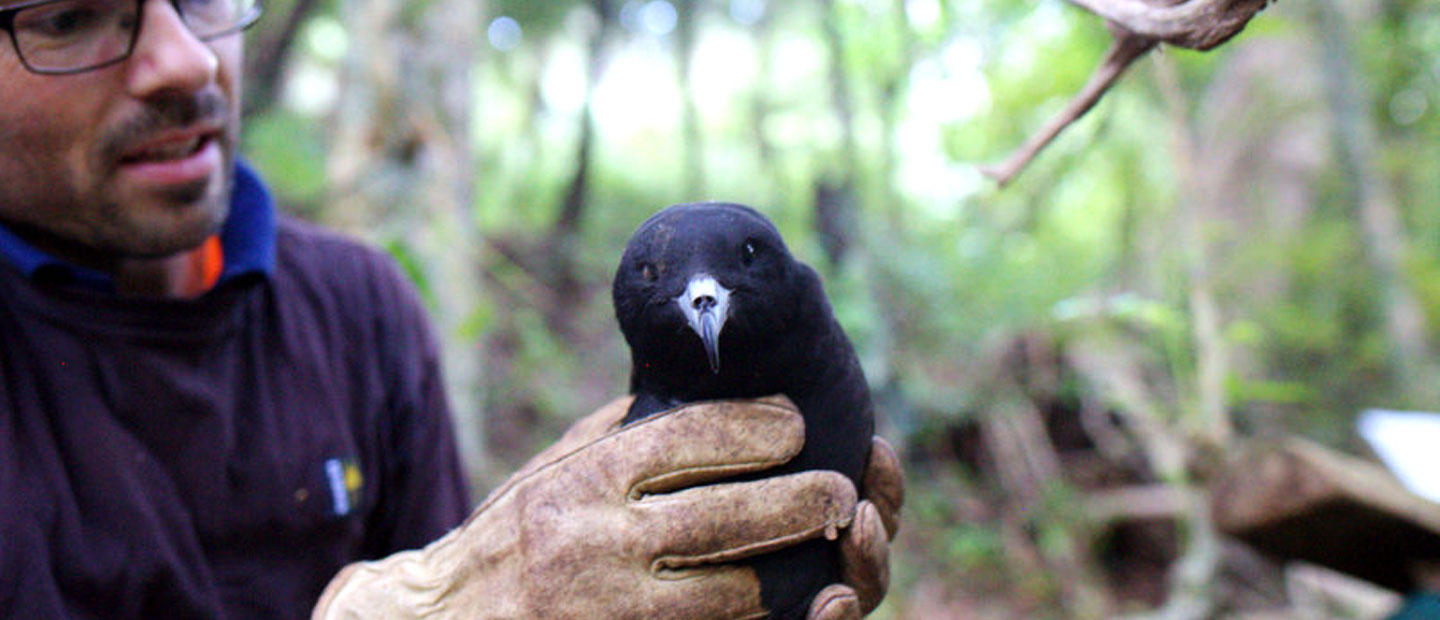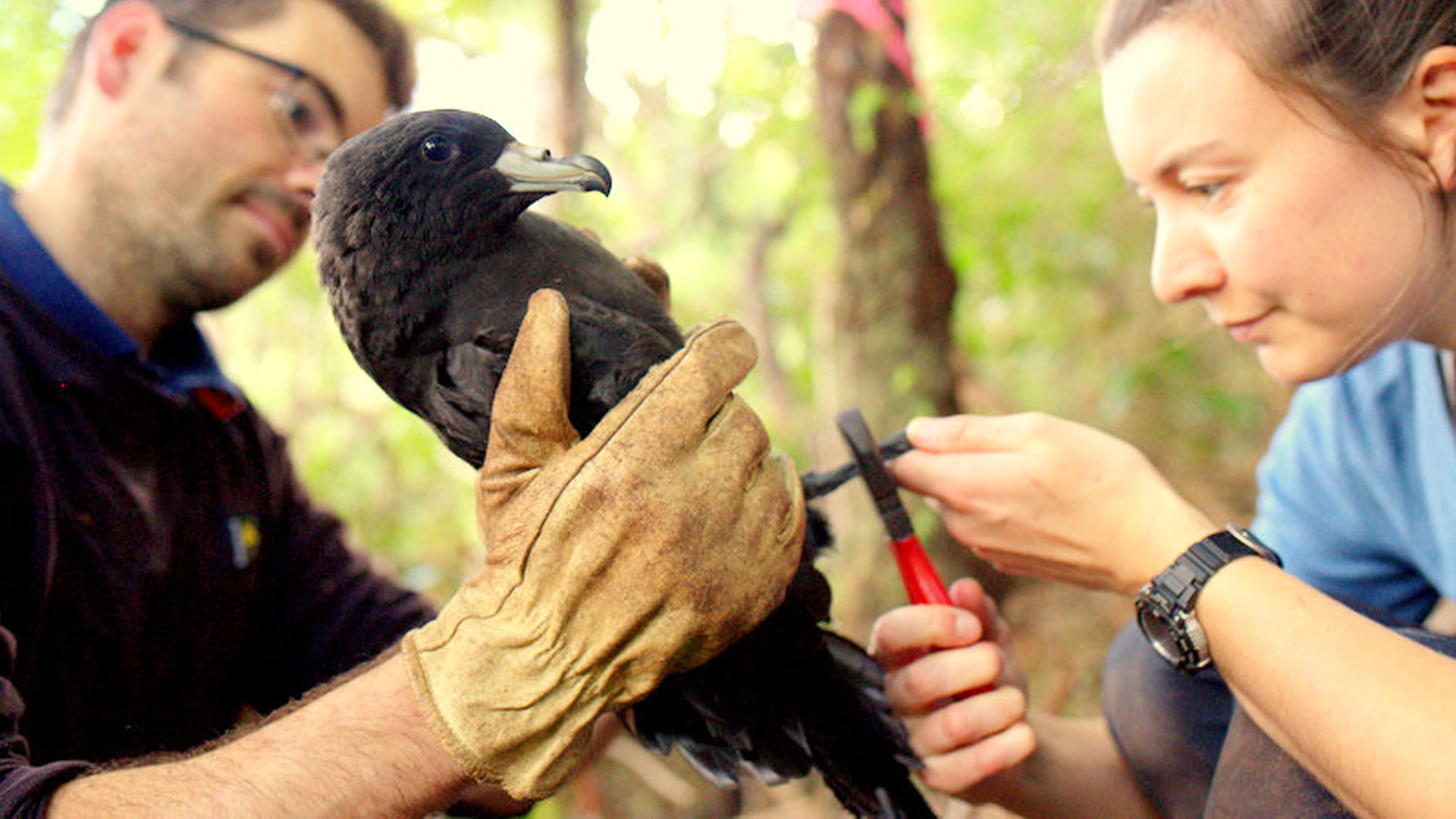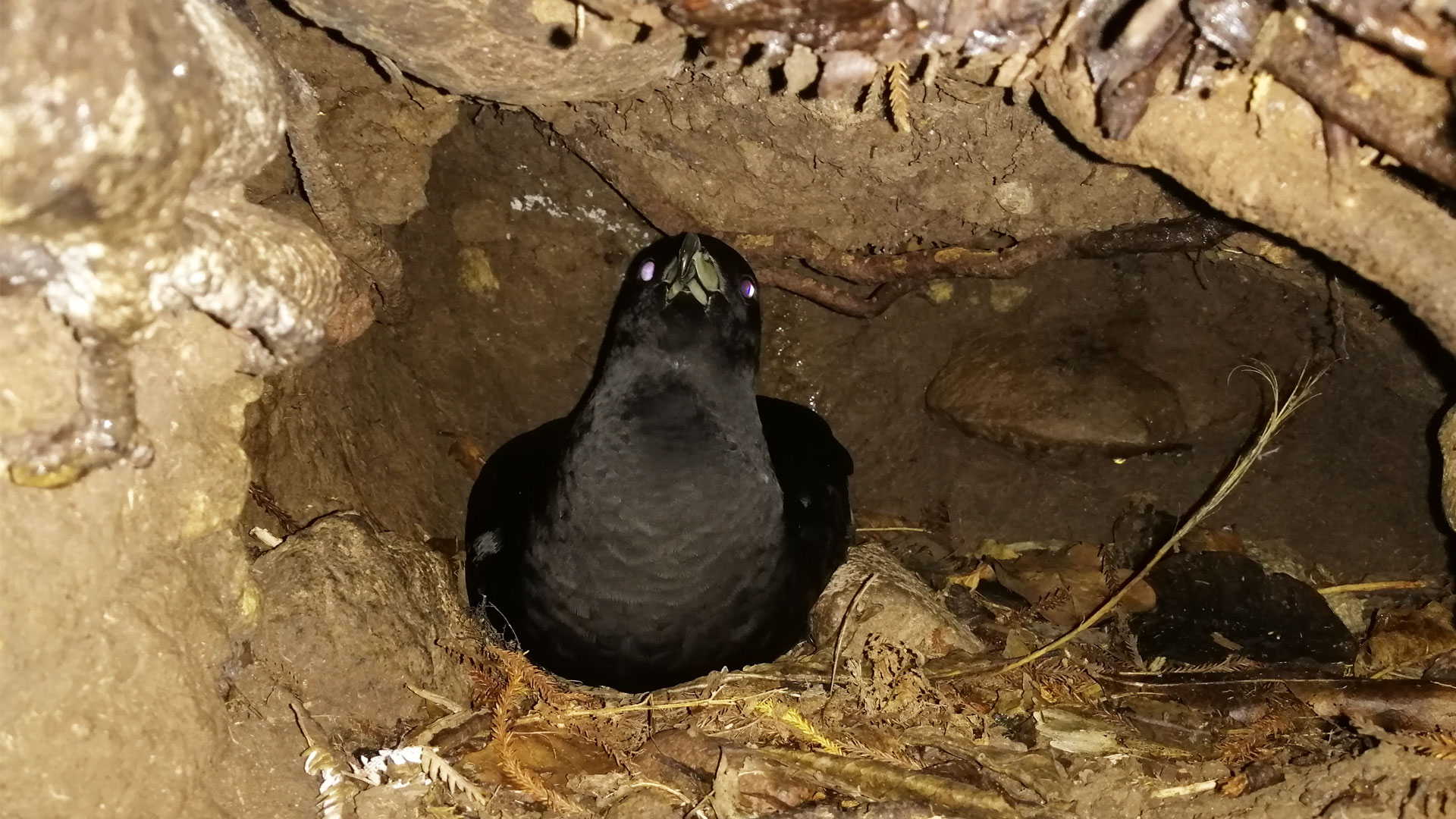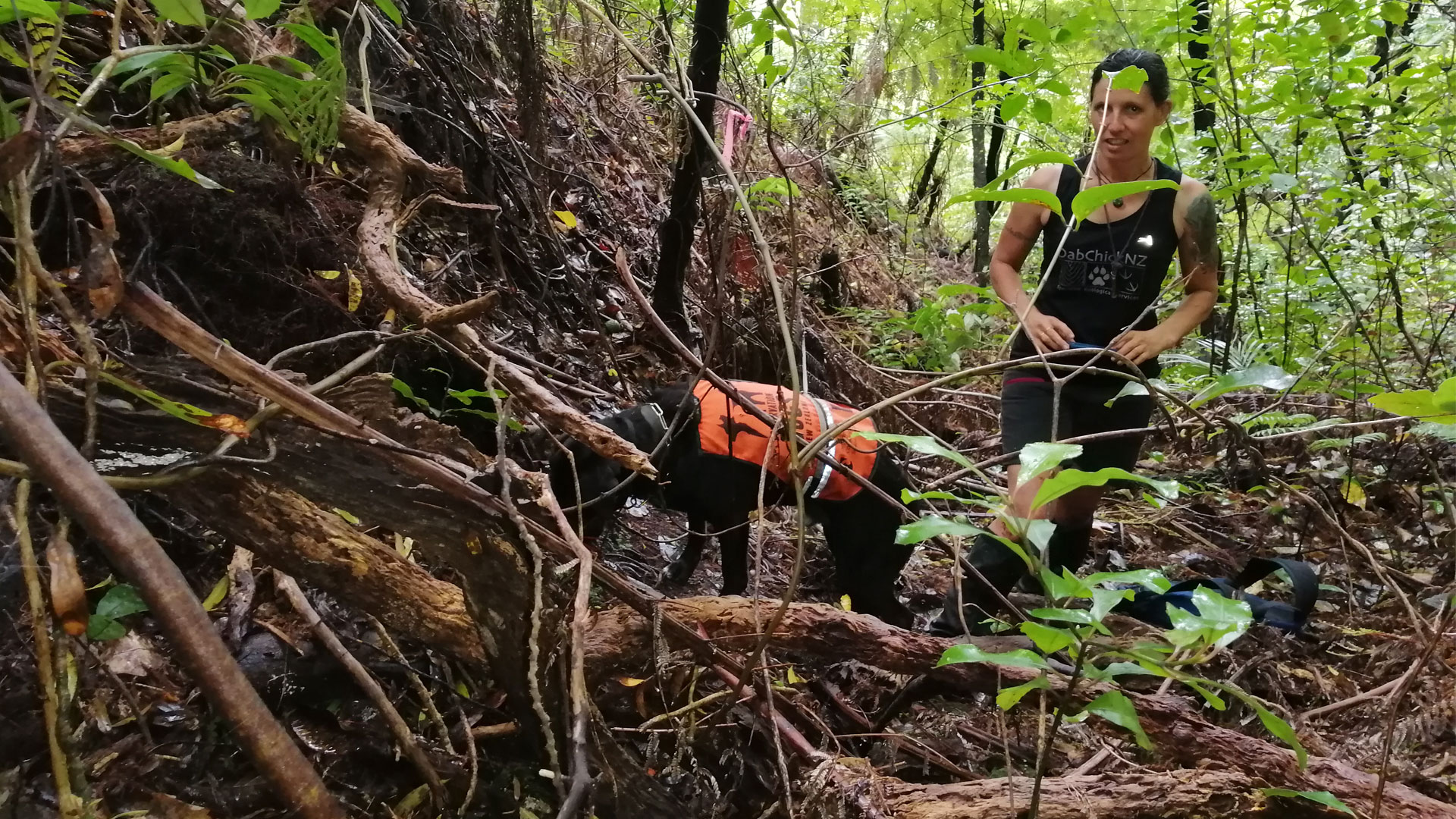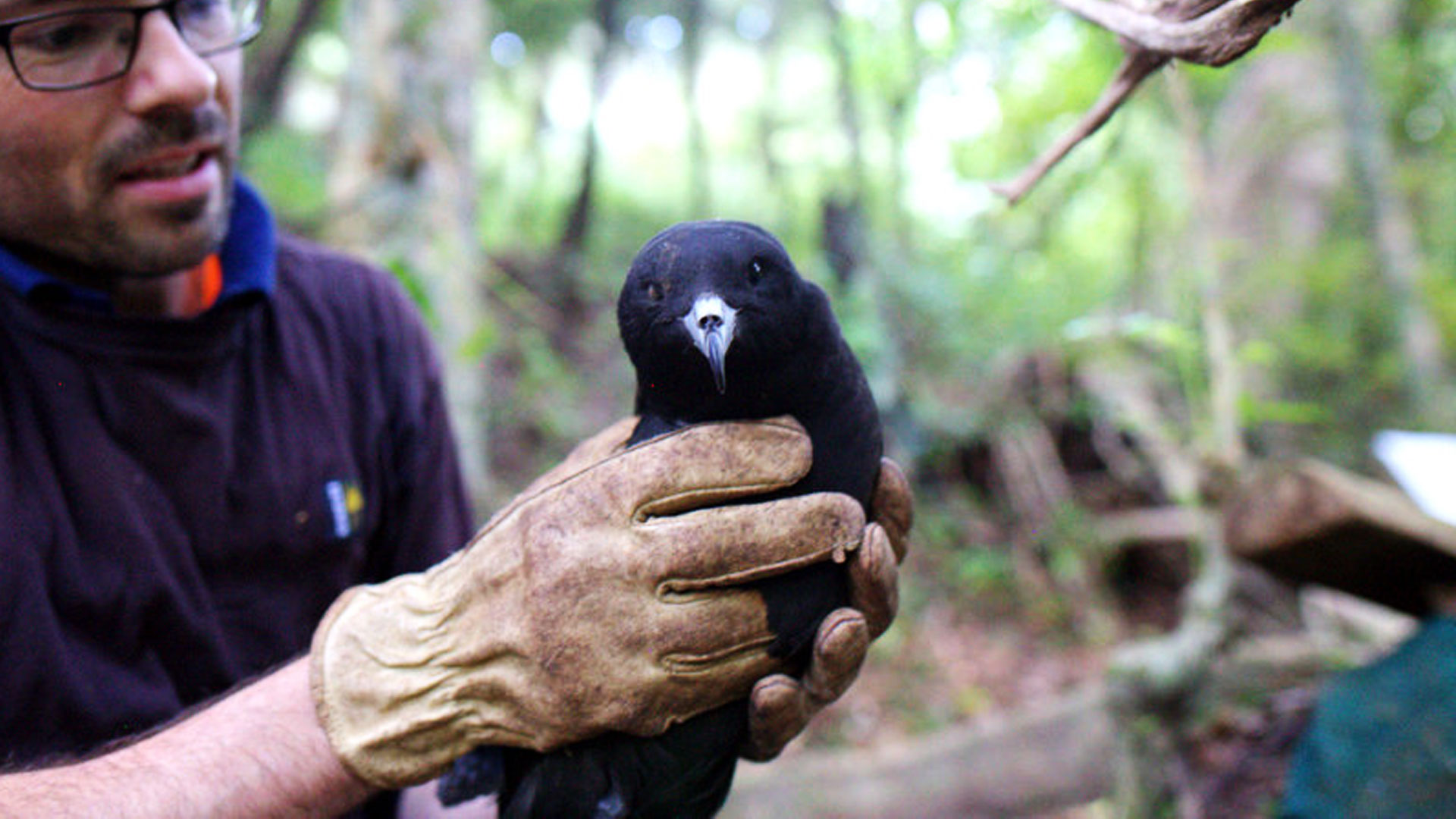A predator fence is in place here, but at low tide each day cats can access the peninsula, and there is a small controlled population of rats within the fence. Predator control is a large part of any conservation project, and despite being within a predator fence, this project is no different. With support from our small grants programme, Glenfern were also able to purchase an extra five live-capture cat traps, and Econodes (a wireless monitoring system used to check traps in large or rugged areas) were installed on all cat traps in the network.
Alongside research, surveying, monitoring, and exceptional predator control, education is another important piece of the conservation puzzle. Glenfern Sanctuary hosted The Great Takoketai Easter Egg Hunt for the local community to celebrate the fledging of these birds, and also to educate tamariki and their families about the sea birds that live locally, the other taonga that call Aotearoa home, and provide insight into the threats our native birds face.
New Zealand birds are extremely unique; many are flightless, ground-dwelling, produce large eggs and small clutches – and all these things have contributed to their decline since the introduction of humans, who brought predators with them, and cleared habitat for homes and agriculture. Auckland Zoo is committed to protecting wildlife and wild places, and our Small Grants Programme allows us to fund projects overseas, and also contribute to projects in Aotearoa, enabling Glenfern Sanctuary and many others, to be kaitiaki for the sea birds on their own shores.
Do you have a project like this one, or a big idea that needs funding to get it on its feet? Details for our next round of funding will be available in September 2019.


